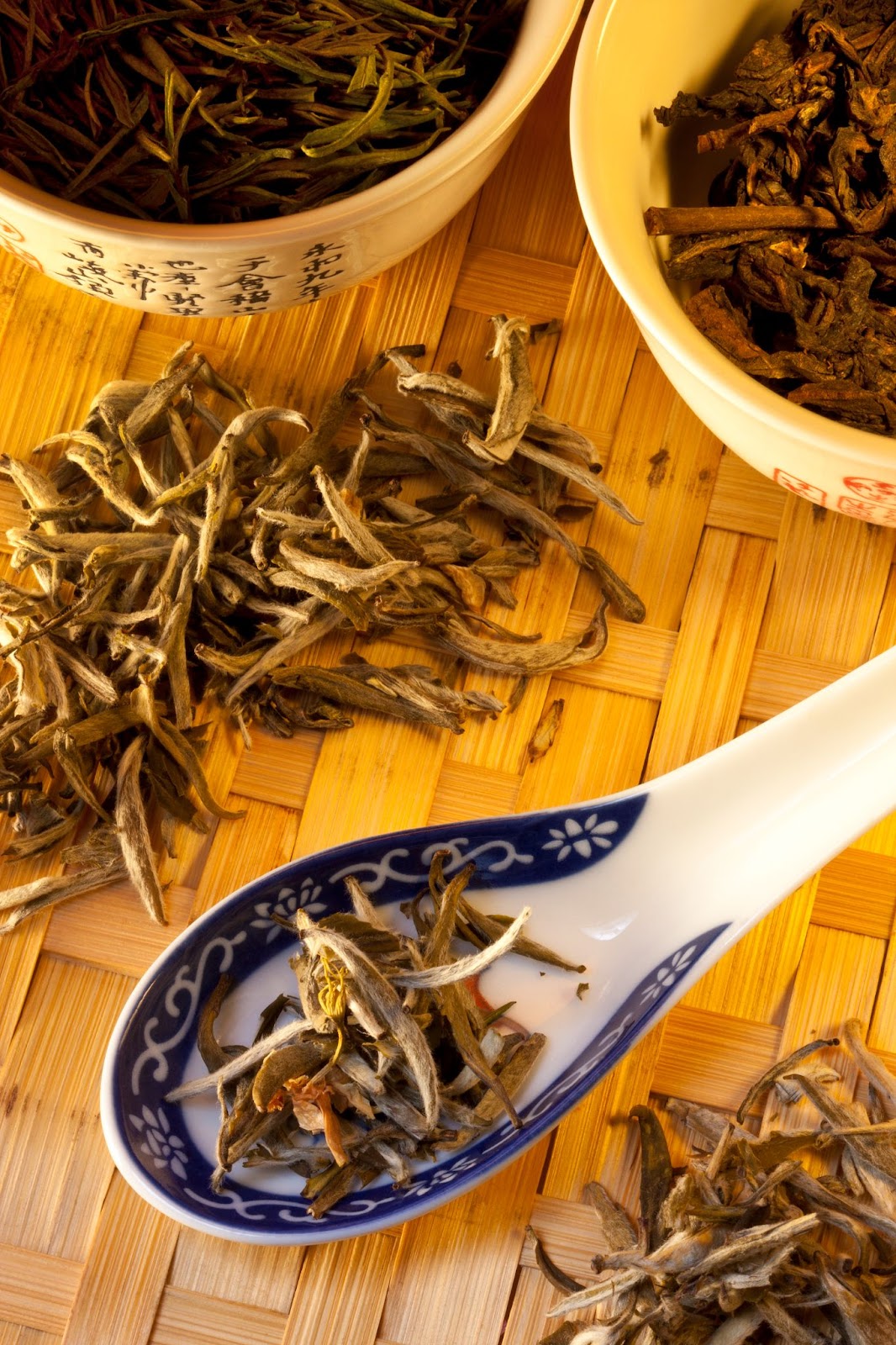
Silver Needle White Tea
Silver Needle White Tea, also known as Bai Hao Yin Zhen, is one of the most prized varieties of white tea, which in itself, stands as one of the most exquisite teas in the world. Grown in the misty, high-altitude regions of China, particularly in the Fujian province, it is not just a beverage; it's an experience, cherished by connoisseurs and tea enthusiasts alike. Silver Needle White Tea is revered for its delicate flavor profile, health benefits, and meticulous production process.
Origins and History
Silver Needle White Tea traces its origins back to the Fujian province of China, specifically the Fuding and Zhenghe regions. Legend has it that white tea was initially discovered during the Tang Dynasty (618-907 AD), but it gained prominence during the Song Dynasty (960-1279 AD) when it was presented as tribute to the emperor. However, it wasn't until the Qing Dynasty that white tea, and particularly Silver Needle, began to gain international acclaim. The modern production techniques for Silver Needle were perfected during the late 18th century in Fuding.
The tea is made exclusively from the silvery-white unopened buds of the Da Bai (Big White) and Da Hao (Big Hair) tea varieties. Carefully handpicked during the early spring months, these young buds are the most delicate part of the tea plant, with a fresh, subtle flavor and a high concentration of antioxidants. These buds are covered in fine, silvery-white hairs, which protect them from insects and harsh weather conditions, giving the tea its name and distinctive appearance.
Processing and Production
The production of Silver Needle white tea is remarkably delicate and labor-intensive. It is an art form that involves minimal processing to preserve its natural flavor and health benefits. Unlike black or green tea, which undergoes oxidation or rolling, Silver Needle white tea is simply hand-picked and allowed to naturally wither and dry. The key steps in its production are:
-
Harvesting:
The buds are handpicked only during a short window of a few days in early spring, typically between late March and early April. The conditions must be perfect: sunny days with no rain, as moisture can damage the buds. Only the plump, unopened buds are selected.
-
Withering:
After plucking, the buds are gently withered under the sun or in a well-ventilated room. This crucial step reduces the moisture content and allows the natural flavors to develop. The withering process can take anywhere from 48 to 72 hours, depending on the weather conditions.
-
Drying:
Once withered, the buds are dried further at low temperatures to prevent oxidation and preserve their delicate qualities. This can be done using hot air or gentle baking.
-
Sorting and Inspection:
After drying, the buds are carefully sorted and inspected. Broken or damaged buds are removed, ensuring only the highest quality buds make it to the final product.
-
Packaging:
The finished Silver Needle White Tea is then carefully packaged to prevent exposure to light, air, and moisture, which can degrade its quality.
Taste and Aroma
Silver Needle white tea is characterized by its delicate, nuanced flavor and fragrance. The infusion typically yields a pale, golden liquor, and the taste is light, sweet, and refreshing. The flavor profile can range from mildly floral to fruity, with subtle notes of hay, melon, or even a hint of chestnut.
The aroma is equally delicate, often described as fresh and clean, with a lingering, sweet scent that mirrors the tea’s flavor. Some tea drinkers detect a subtle hint of fresh-cut grass or a faint orchid-like fragrance, while others may note a whisper of honey or peach.
The mouthfeel is smooth, soft, and almost silky, with a pleasant sweetness that lingers on the palate. Unlike other teas, which may have a stronger astringency or bitterness, Silver Needle’s gentleness is part of its allure.

Health Benefits
Not only appreciated for its flavor but Silver Needle White Tea is also renowned for its numerous health benefits. Due to its minimal processing, it retains a high concentration of antioxidants, vitamins, and minerals. Some of the key benefits include:
-
High in Antioxidants:
White tea is packed with polyphenols, which are potent antioxidants that help protect the body against free radicals and oxidative stress. This can reduce the risk of chronic diseases like cancer and heart disease.
-
Boosts Immune System:
The antioxidants in white tea can enhance immune function and help the body fight off infections.
-
Promotes Heart Health:
Regular consumption of white tea may help lower blood pressure and cholesterol levels, reducing the risk of cardiovascular disease.
-
Aids in Weight Loss:
White tea can boost metabolism and promote fat burning, making it a helpful addition to a weight loss plan.
-
Improves Skin Health:
The antioxidants in white tea can protect the skin from damage caused by UV radiation and environmental pollutants, promoting a healthy complexion.
-
Reduces Inflammation:
White tea has anti-inflammatory properties that can help reduce inflammation in the body.
Conclusion
Silver Needle White Tea is a true treasure in the world of tea. Its meticulous production, delicate flavor, and numerous health benefits make it a highly sought-after beverage. Enjoying a cup of Silver Needle White Tea is an experience of tranquility and refinement, a moment to appreciate the subtle complexities of nature's bounty. Whether you are a tea connoisseur or a casual drinker, Silver Needle White Tea is definitely worth exploring for its unique and exquisite qualities.
